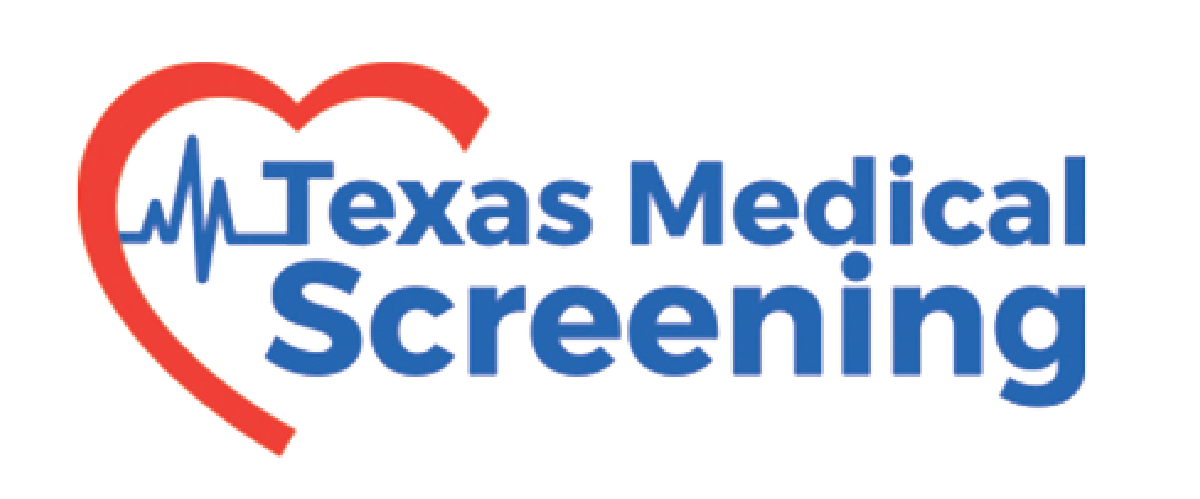In recent years, the landscape of healthcare has undergone a significant transformation, largely driven by advances in telehealth. This digital evolution has redefined how patients access medical services, interact with healthcare providers, and manage their health, making healthcare more accessible, efficient, and patient-centered.
The Rise of Telehealth
Telehealth encompasses a broad range of technologies and services to provide patient care and improve the healthcare delivery system. This includes video consultations, remote patient monitoring, mobile health applications, and secure messaging systems. The adoption of telehealth has been accelerated by several factors:
- Technological Advancements: The proliferation of smartphones, high-speed internet, and digital health platforms has made telehealth services more feasible and user-friendly.
- Regulatory Changes: Policy shifts, especially during the COVID-19 pandemic, have relaxed many of the regulatory barriers to telehealth, allowing for broader implementation and reimbursement.
- Patient Demand: Patients increasingly seek convenient, on-demand healthcare services that fit into their busy lives, driving the demand for telehealth solutions.
Benefits of Telehealth
The integration of telehealth into the healthcare system offers numerous benefits:
- Increased Access to Care: Telehealth bridges the gap for patients in remote or underserved areas, providing access to specialists and primary care providers without the need for travel.
- Convenience and Efficiency: Patients can receive medical advice, diagnoses, and treatment plans from the comfort of their homes, reducing the need for in-person visits and wait times.
- Continuity of Care: Remote monitoring and follow-up consultations ensure that patients with chronic conditions receive continuous care, improving health outcomes.
- Cost Savings: Telehealth can reduce healthcare costs by decreasing hospital readmissions, emergency room visits, and transportation expenses.
Medical Kiosks: Revolutionizing Patient Interaction
One of the innovative components of telehealth is the advent of medical kiosks. These self-service stations, often placed in pharmacies, workplaces, and community centers, offer a range of health services without the need for direct interaction with doctors.
Medical kiosks are equipped with various diagnostic tools and devices, such as blood pressure monitors, thermometers, and glucose meters. They can also facilitate virtual consultations with healthcare providers through video conferencing. Here’s how medical kiosks are transforming patient care:
- Self-Monitoring and Diagnostics: Patients can perform routine health checks and screenings at their convenience, obtaining immediate feedback and insights into their health status.
- Remote Consultations: For conditions that require medical advice, kiosks enable virtual consultations with doctors, reducing the need for physical visits while ensuring patients receive timely care.
- Medication Management: Kiosks can assist in managing prescriptions by connecting patients with pharmacists, ensuring adherence to medication regimens and addressing any concerns.
- Health Education: These kiosks often provide educational materials and resources, empowering patients with knowledge about their health and promoting preventive care.
The Future of Telehealth
As telehealth continues to evolve, its integration with emerging technologies like artificial intelligence, wearable devices, and blockchain will further enhance its capabilities. AI-driven diagnostics, for example, can provide more accurate and personalized care, while wearables offer real-time health monitoring.
Moreover, the expansion of telehealth services promises to address some of the most pressing challenges in healthcare, including workforce shortages, rising costs, and disparities in access to care. By embracing telehealth, the healthcare industry can move towards a more patient-centric model, where care is tailored to individual needs and accessible to all, regardless of location.
Conclusion
Telehealth has undeniably transformed the medical field, offering a more accessible, efficient, and patient-focused approach to healthcare. The integration of medical kiosks further enhances this transformation, allowing patients to access essential health services without the constant need for direct interaction with healthcare providers. As we look to the future, telehealth will continue to play a crucial role in shaping a more resilient and responsive healthcare system, poised to meet the needs of a diverse and dynamic population.



Recent Comments